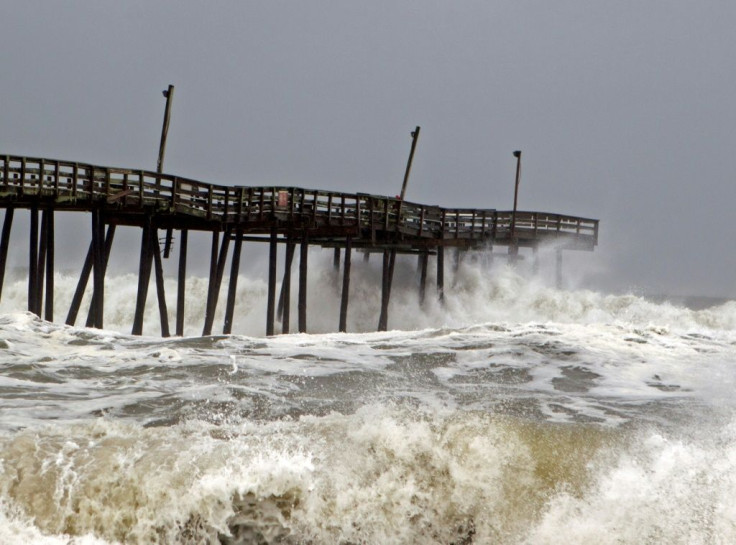Extreme Weather 2019: Tropical Storm Gabrielle, 2 Other Developments Being Tracked In Atlantic Ocean

The National Hurricane Center detailed on Sunday morning the developing systems currently being tracked in the Atlantic Ocean, following the devastation left by Hurricane Dorian.
Tropical Storm Gabrielle is currently moving through the central Atlantic, roughly 1,000 miles south of the Azores, and is expected to keep moving north and then northeast. The NHC assures that Gabrielle poses no threat to land areas and is expected to downgrade to a low-pressure system by Tuesday.
Several hundred miles west of the Cabo Verde Islands, there is a broad low-pressure system dubbed “Invest 94L,” which is producing showers and thunderstorms. This particular naming convention is deployed for systems with a chance of strengthening into tropical depressions or storms. The NHC has given Invest 94L a medium chance of developing in the next five days. For now, it is too soon to predict if it might pose a threat to land areas.
“Some slow development of this system is possible during the next several days while the low moves westward across the central tropical Atlantic Ocean.” the NHC said.
Yet another system is forming a few hundred miles northeast of the Caribbean’s Leeward Islands. Currently, the winds in this system are too hostile for any significant development but as the week progresses some slow development might be possible as it enters the southwestern Atlantic. This storm’s five-day track could bring it over the lower Bahamas. The NHC gives a 20% chance of this system progressing into a tropical depression in the next five days.
“By mid week, environmental conditions could become more conducive for development when the disturbance reaches the southwestern Atlantic Ocean,” the NHC said of this unnamed system.
According to reports, should either of these systems strengthen into tropical storms, they would be dubbed “Humberto.” The NHC says this much activity is common for this time of year.
© Copyright IBTimes 2024. All rights reserved.





















